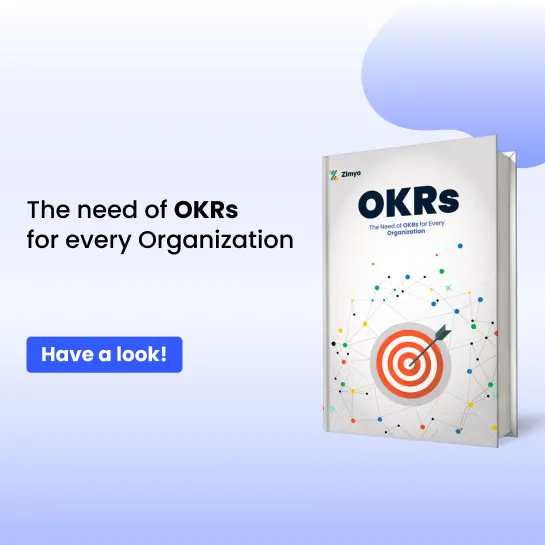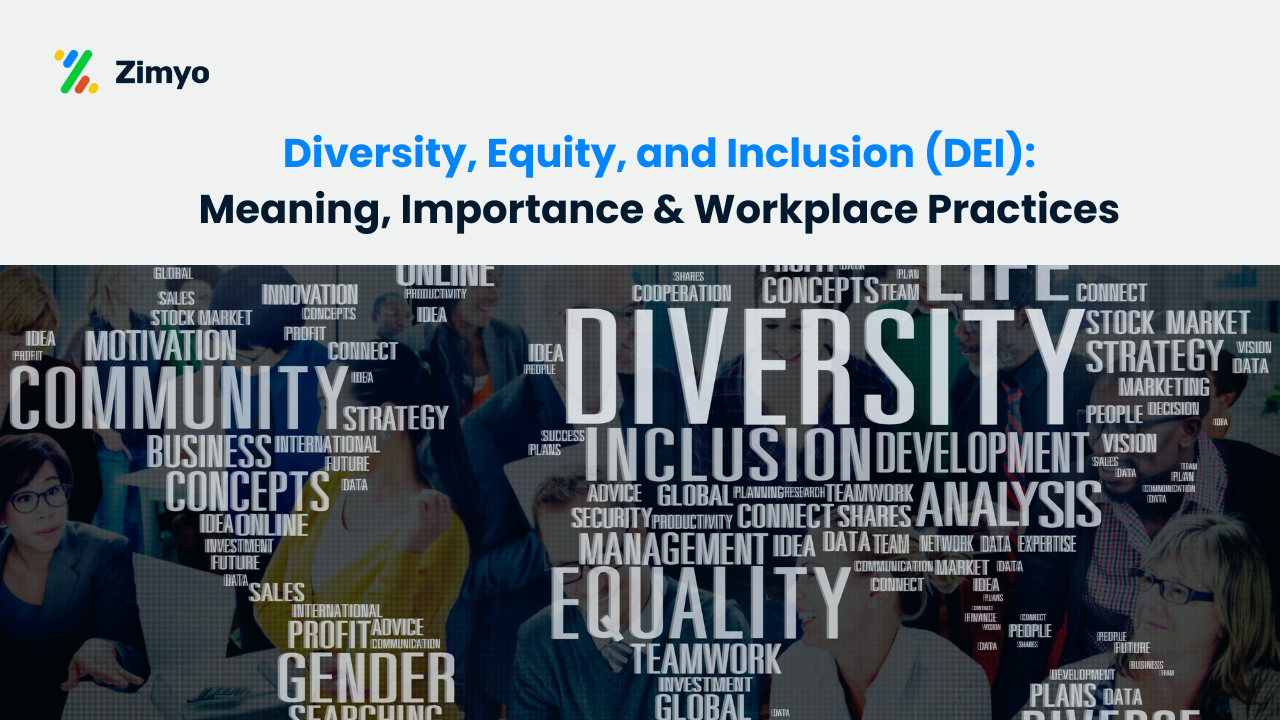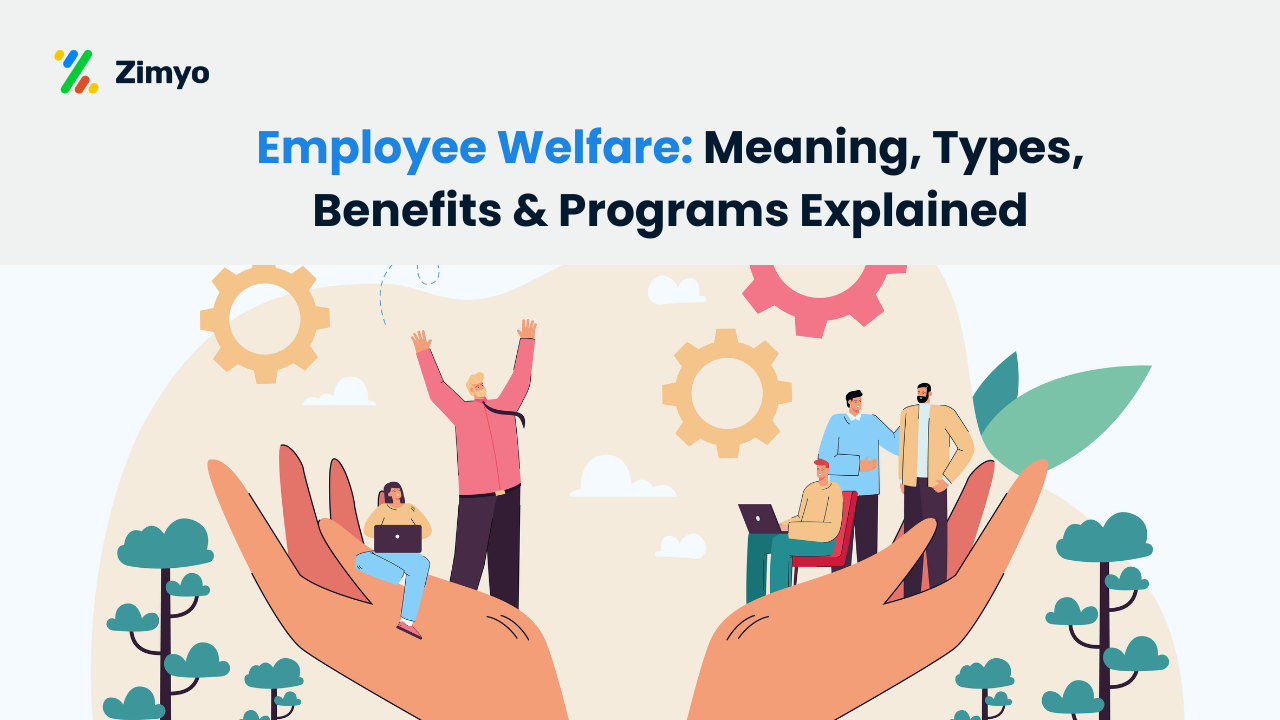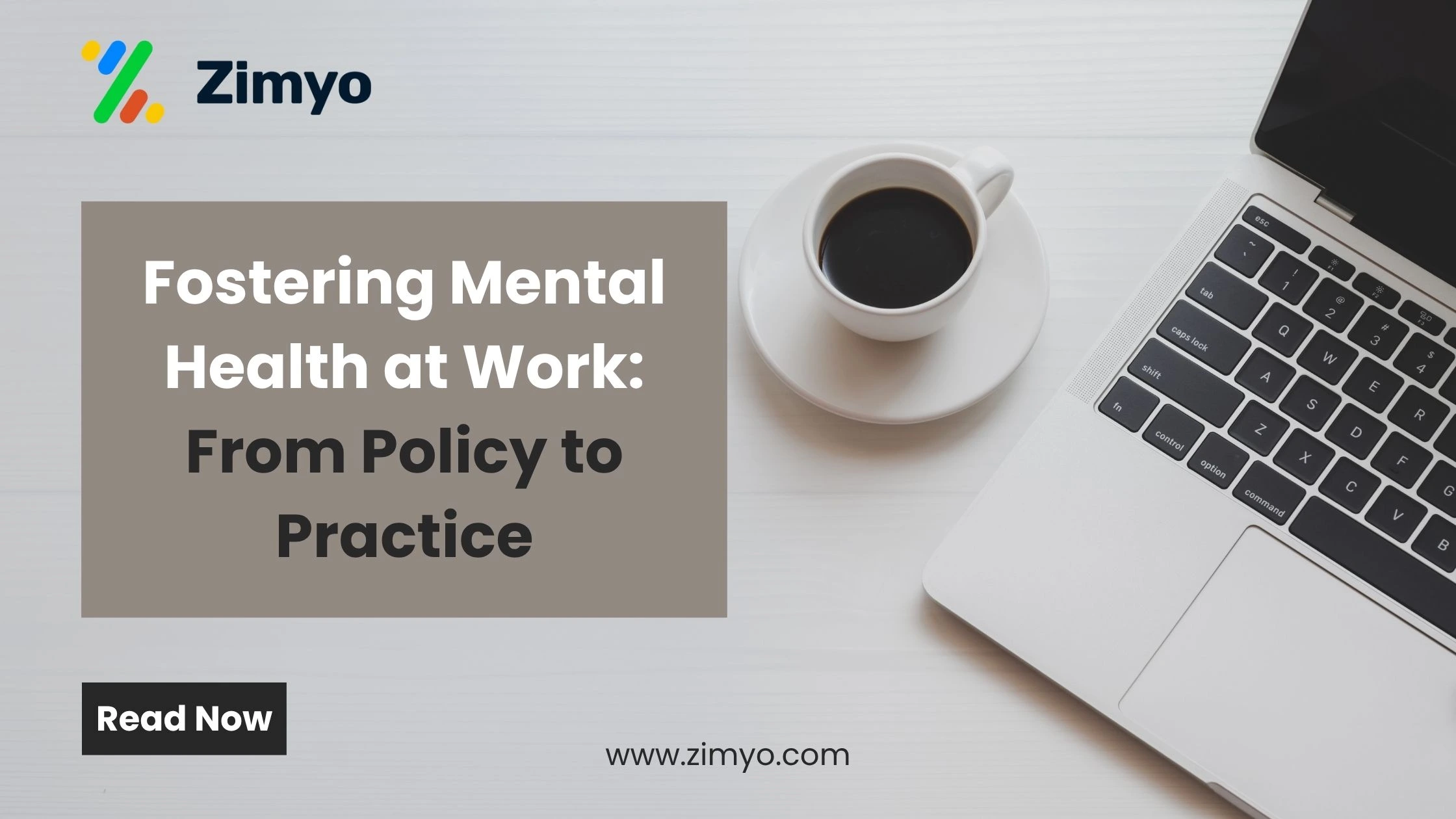A toxic workplace is not just uncomfortable, rather it’s dangerous. It drains energy, ruins mental health, and pushes talented people to quit.
In 2025, when the future of work and mental health are closely linked, fixing a toxic work culture is not a choice, it’s a must.
Let’s be clear. A toxic workplace doesn’t just mean rude coworkers or a mean boss. It’s about lack of trust, unfair practices, constant stress, and zero work-life balance. And sadly, it’s everywhere.
The good news? You can fix it. You can start transforming toxic workplaces into safe, respectful, and productive spaces.
But first, let’s start with the basics.
What Does Toxic Workplace Mean?

In simple words, a toxic workplace means a job where the environment feels negative, stressful, and unhealthy every day.
A toxic workplace is a place where people often fight, blame each other, or gossip behind others’ backs. Bosses or coworkers may behave badly by shouting, insulting, or completely ignoring you. It’s a place where you constantly feel scared, sad, or emotionally drained.
There’s no support or appreciation, and your efforts often go unnoticed. You’re always stressed and feel afraid to speak up or share your thoughts, fearing backlash or judgment.
In a toxic workplace, people are unhappy, teamwork is weak, and everyone just wants to leave. It can affect your mental health, confidence, and overall well-being.
What is the Toxic Workplace Definition?
The official definition of toxic work culture according to the Society for Human Resource Management (SHRM) is:
“A toxic work culture is a workplace that is marked by significant personal conflicts, poor communication, lack of support, bullying, and low morale, where such behavior is accepted or even encouraged.”
Society for Human Resource Management (SHRM)
Another formal definition from MIT Sloan Management Review explains:
“Toxic culture refers to a work environment characterized by disrespectful, non-inclusive, unethical, cutthroat, and abusive behaviors.”
MIT Sloan Management
These definitions are widely used in HR studies and leadership research to identify and address harmful workplace environments.
How Does Toxic Workplace Affect the Growth of an Organization?

A toxic workplace severely harms the growth of an organization, both in the short term and long run. It leads to poor performance, high turnover, low morale, and even financial losses. Let’s break it down with real examples and quantitative data.
1. High Employee Turnover
A toxic work culture makes people quit faster than any other factor, even more than low salary.
Example: If a company with 200 employees has a toxic work environment, and even 20% leave in a year, that’s 40 resignations. The cost of replacing one employee is roughly 33% of their annual salary (as per Society for Human Resource Management – SHRM).
So, for 40 employees earning ₹6 LPA each, the replacement cost = ₹79.2 lakhs annually.
2. Low Productivity
Toxic workplaces drain energy and motivation. When employees feel unsafe, unvalued, or mentally exhausted, they stop trying their best.
"Actively disengaged employees cost the global economy $7.8 trillion in lost productivity each year."
Gallup
Example: A demotivated sales team will miss targets. A disengaged support team will handle fewer calls. A scared creative team will stop sharing ideas.
3. Increased Absenteeism & Burnout
In a toxic workplace, stress and burnout rise. People call in sick more often, or mentally check out even when present. The American Psychological Association (APA) found that 60% of employees say workplace stress affects their productivity.
"77% of professionals have experienced burnout in their current job, and many link it to toxic leadership."
Deloitte
Example: If a team of 10 loses just one person to stress leave for a month, deadlines are missed, workload increases, and team tension grows.
4. Reputation Damage
Toxic workplace reviews on Glassdoor or LinkedIn damage your employer brand.
"55% of job seekers avoid companies with bad reviews, even if unemployed."
CareerArc
Example: Talented candidates may reject your job offers. Clients may also choose not to work with companies that treat their people poorly.
5. Stagnant Innovation & Growth
In toxic environments, employees are afraid to take risks or share ideas. This kills innovation.
"Companies with strong, healthy cultures are 3x more likely to be innovative and grow faster."
McKinsey report
Example: In a toxic culture, even a brilliant new product idea may never be shared, because employees fear being shut down or ridiculed.
Overall, A toxic workplace slows down or even stops business growth in many ways. It drives top talent away, as skilled employees don’t want to stay in a harmful environment. It kills motivation and creativity, people feel too stressed or scared to think freely or take initiative.
The company ends up spending more on rehiring and dealing with absenteeism, which raises costs. Its reputation also suffers, making it harder to attract new talent or clients. Most importantly, a toxic culture blocks innovation and stops business from growing into the future.
What are Some Major Signs of a Toxic Workplace?

- Poor Communication
There’s no clear guidance, feedback, or open talk. Managers don’t explain things properly. Team members are left confused or in the dark. - Toxic Managers
Bosses shout, insult, or ignore employees. They micromanage everything or play favorites. People feel scared to talk or ask for help. - Gossip and Blame Games
Coworkers gossip, spread rumors, or blame others to protect themselves. There’s more finger-pointing than teamwork. - Low Morale
Employees look tired, sad, or stressed all the time. They stop caring about their work and just try to “get through the day.” - No Work-Life Balance
People are expected to work late, reply on weekends, or skip vacations. If they say no, they’re called lazy or uncommitted. - High Employee Turnover
Good employees keep quitting. New ones don’t stay long either. This makes teams unstable and lowers trust. - Lack of Growth and Recognition
Hard work is ignored. Promotions rarely happen. Skill development or training is not encouraged at all. - Fear-Based Culture
Everyone is afraid to make mistakes. People stay silent during meetings. Speaking up feels risky. - Unhealthy Competition
Colleagues try to outshine each other in toxic ways, like hiding info, stealing credit, or lying. - Burnout and Mental Fatigue
Employees are emotionally and physically drained. They drag themselves to work, feel anxious, and lose motivation quickly.
15 Proven Strategies to Transform a Toxic Workplace in 2025

So, how to fix a toxic workplace? Here are 15 proven strategies to do just that in 2025.
1. Call Out the Signs of a Toxic Workplace
Before you fix a problem, you must see it. Look for clear signs of a toxic workplace like:
- High turnover
- Gossip and blame
- Burnout and absenteeism
- Fear of speaking up
- Zero recognition
These are red flags. Don’t ignore them. They mean the company is in trouble.
2. Address Toxic Leadership at Work
Toxic leadership at work is a root cause of most problems. A toxic boss can destroy team morale in days. Micromanaging, public shaming, playing favorites, these kill trust fast.
Companies need to train managers, check feedback regularly, and remove those who are harming others.
Remember: Toxic managers don’t need more power. They need boundaries, or exits.
3. Create Clear Anti-Toxicity Policies
No more guessing games. To fix a toxic workplace, create written policies that clearly say what behavior is not allowed. This includes bullying, discrimination, gossip, and harassment.
Share it with everyone. Make it part of the onboarding. Let people know that a bad work environment is not acceptable.
4. Train Managers in Empathy and Leadership
Most toxic managers aren’t born that way. They were never trained in people skills. Teach them empathy, listening, and conflict resolution.
This is one of the most effective HR strategies for toxic culture repair. It’s cheaper than rehiring, and much more impactful.
Learn the meaning of Humanity In The Workplace.
5. Use Anonymous Feedback Tools
Employees need safe ways to speak up. Use tools like Officevibe, Culture Amp, Zimyo or SurveyMonkey to collect anonymous feedback.
Ask about managers, stress levels, toxic colleagues, and workplace safety. Then act on the data. Transforming toxic workplaces begins with listening.
6. Fix Your Hiring Process
Many toxic workplaces start with the wrong hires. If you hire aggressive, arrogant, or power-hungry people, they will create chaos.
Redesign your hiring process. Add culture-fit interviews. Include team feedback. Don’t just hire for skill, hire for emotional intelligence too.
7. Prioritize Employee Well-Being Strategies
Toxic work environments destroy mental health. In 2025, employee well-being strategies must be baked into company culture.
Offer:
- Mental health days
- Access to counselors
- Flexible work hours
- No-meeting Fridays
- Real work-life balance
"Companies with strong well-being programs see 2.5x higher employee engagement."
Deloitte
Check out our blog to Manage Stress & Improve Mental Health In Your Workplace.
8. Handle Toxic Colleagues Immediately
Don’t wait for complaints to pile up. If someone is spreading negativity, backstabbing, or bullying others, act fast. Investigate fairly. But take action. Toxic colleagues infect entire teams.
Tolerating them sends a clear message: “This behavior is okay here.” That’s how a toxic workplace survives.
9. Promote Transparency at All Levels
A toxic work culture often breeds in secrecy. Keep employees in the loop, about goals, changes, decisions, and leadership updates.
Transparency builds trust. When people feel included, they feel respected. And respect kills toxicity.
10. Encourage Open Communication
Want to know how to fix a toxic workplace fast? Start talking. And listening.
Create open-door policies. Host team check-ins. Use Slack channels for open suggestions. Let people speak freely, without fear of backlash.
11. Recognize and Reward Good Behavior
What gets rewarded, gets repeated. Celebrate kindness, teamwork, helpfulness, and positive attitude. Make it public. Make it frequent.
It sends a loud message: Toxic behavior won’t be rewarded, but positive behavior will be.
12. Promote Work-Life Balance
Long hours, endless emails, and weekend calls? That’s not hustle. That’s burnout. And burnout leads to a toxic work environment.
Respect time off. End meetings on time. Support boundaries. Healthy teams are productive teams.
13. Conduct Culture Audits Regularly
Your workplace culture trends change every year. What worked in 2020 may be outdated in 2025.
Run quarterly culture audits. Talk to different teams. Look at behavior trends. If culture is slipping, fix it before it becomes a bad work environment.
14. Offer Growth and Learning Opportunities
When employees feel stuck, frustration grows. Lack of growth is a slow poison that feeds toxic workplace behavior.
Offer learning platforms, internal job mobility, coaching, and mentorship. Growth is the antidote to toxicity.
15. Commit to Organizational Culture Change
Finally, real change happens from the top. Leaders must commit to organizational culture change, not just once, but continuously.
Talk about values. Measure behaviors. Make culture part of business strategy. Because transforming toxic workplaces is not a project. It’s a mindset.
Case Study: Uber’s Culture Transformation

In 2017, Uber faced global criticism for having a toxic workplace filled with harassment, aggressive leadership, and a lack of accountability. A former employee, Susan Fowler, published a blog detailing her experience with sexism and HR failure. This caused public outrage, massive internal churn, and the resignation of then-CEO Travis Kalanick. The company was labeled as having a toxic work culture, which hurt its brand and employee trust.
To fix this, Uber brought in a new CEO, Dara Khosrowshahi, who focused on transforming toxic workplaces into safe, inclusive ones. He introduced new employee well-being strategies, redefined Uber’s values, replaced toxic managers, and encouraged transparency. HR policies were updated, and feedback systems were improved. Over time, Uber rebuilt its workplace culture, improved employee retention, and restored public trust. This is a powerful example of organizational culture change done right.
Check out some of the most efficient Employee Retention Strategies.
Conclusion: The Time to Change is Now
Toxic workplaces don’t fix themselves. They get worse, until your best people leave. Until your brand suffers. Until burnout becomes the norm.
But the good news is: You can change it.
Use these 15 strategies. Build a culture where people feel safe, respected, and valued. Because the future of work and mental health depends on it. And so does your success.
Points to Remember:
- Don’t ignore signs of a toxic workplace
- Fix the behavior of toxic managers and toxic colleagues
- Use HR strategies for toxic culture repair
- Follow new workplace culture trends
- Protect your people with real employee well-being strategies
- Focus on real, lasting organizational culture change
What are the signs of a toxic workplace?
A toxic workplace shows many clear signs. Poor communication is often the first, where instructions are unclear and important information is kept hidden. Employees feel ignored or left out. Toxic managers may shout, micromanage, or play favorites, making people feel unsafe or unvalued. Gossip, blame games, and backstabbing are common, which creates a culture of fear and mistrust. Employees may seem constantly stressed, sad, or emotionally drained. There’s little to no work-life balance, people are expected to work overtime or skip breaks. High employee turnover is also a big red flag, as good workers keep quitting. Lastly, in a toxic workplace, there’s no room to grow, no appreciation, and no support, which leaves people feeling stuck and burned out.
How to destroy a toxic coworker?
Instead of “destroying” a toxic coworker, it’s healthier and more effective to focus on protecting your peace and handling the situation professionally. Toxic coworkers can spread negativity through gossip, blame, or bad behavior. The best way to deal with them is to set clear boundaries. Avoid reacting emotionally. Stay calm, document incidents if needed, and don’t engage in drama. If the behavior continues, report it to HR or your manager with facts, not feelings.
Try to stay focused on your own work and build positive relationships with others. Sometimes, toxic people lose their power when they don’t get attention or control over others. Remember: professionalism and self-respect are your best tools, not revenge.
What is a toxic workplace?
A toxic workplace is a harmful and stressful environment where negativity spreads easily. In such a place, employees often feel unsupported, overworked, and unappreciated. There may be constant gossip, blame-shifting, or poor communication. Managers might micromanage, show favoritism, or even bully team members. Coworkers may compete in unhealthy ways instead of working together. People feel anxious, scared to speak up, and mentally drained. Over time, this kind of environment affects productivity, teamwork, and overall happiness at work. A toxic workplace doesn’t just harm individuals, it damages the entire organization’s growth and reputation.
What are toxic behaviors in the workplace?
Toxic behaviors in the workplace are actions or attitudes that create a negative, harmful environment for others. These include constant gossip, blaming others for mistakes, taking credit for someone else’s work, and spreading negativity. Toxic coworkers may lie, bully, or manipulate situations to look better. Some show passive-aggressive behavior, like ignoring emails or giving silent treatment. Toxic managers may micromanage, insult team members, or play favorites. There’s also a lack of respect, poor communication, and unwillingness to collaborate. Over time, these behaviors damage trust, reduce morale, and lead to burnout and high employee turnover.
6 Tips To Maintain An Effective Work-Life Balance
Work behavior | Meaning and Definition
5 Mistakes To Fix In Your Corporate Wellness Program
The Art of Being Extra(ordinary) in the Workplace






